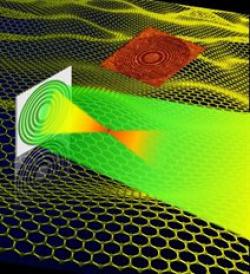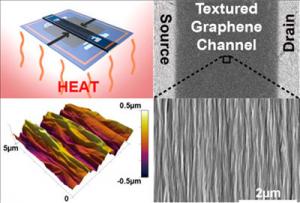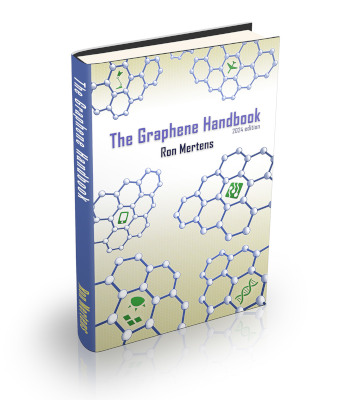Graphene-based flat lenses
Researchers from the University of Birmingham (which lead the research), University of Cambridge and National Centre for Nanoscience & Technology in Beijing designed the world’s thinnest, tunable, lightweight graphene-based lenses.

The project focused on designing Fresnel lenses, which are flat lenses consisting of concentric rings. The rings diffract light to create constructive interference. The other advantage of these lenses is that their optical performance can be tuned by changing the electrical properties of graphene.




